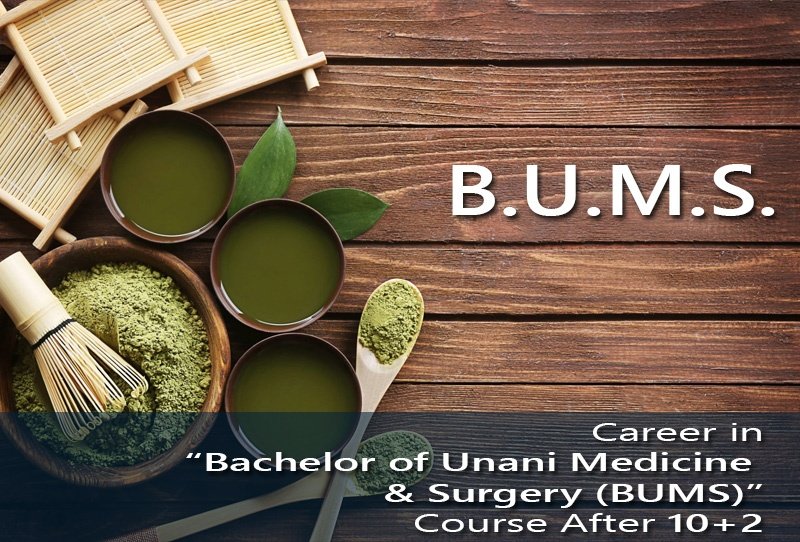Children often respond extremely well to Homeopathic Remidies. However, given that it is not always possible to ask children many questions, you have to rely more upon close, acurate observation. This can make it harder to select the right remedy.Generally speaking all the recommedations in this page also apply to the treatement of children, but in this page you will find some advice specific to children and babies.

Table of Contents
1. Colic
Severe pain in the abdomen caused by wind or obstruction in the intestines and suffered especially by babies.
Magnesium phosphoricum
Recommended:
- Spastic stomach ache, which improves with warmth, gentle massage and rubbing of the stomach
Colocynthis
Recommended:
- The child draws his legs up to his stomach, cries out angrily, and is quite irritable. Warmth, pressure (lying on the stomach) and the passing of wind bring relief.
Ignatia
Recommended:
- Among sensitive children spastic stomach aches may develop after grief, punishment and a feeling of being unloved
Chamomilla
Recommended:
- If the belly is bloated like a drum, the child is extremely irritable and constantly crying, his head is red, hot and sweaty, and the only thing that seems to help is to carry him around
2. Diarrhoea
Chamomilla
Recommended:
- Spastic pain and greenish diarrhoea that looks like chopped spinach and may smell of rotten eggs. The child is extremely irritable, hurls himself from side to side and wants to be carried
3. Digestive Problems
Nux Vomica
Recommended:
- Spastic stomach ache after too much or too rich food (e.g., after a birthday party), with nausea and retching
Pulsatilla
Recommended:
- The nausea and digestive problems are caused by greasy food, pastry, pork or icecream and the child seems to feel better when moving gently in the fresh air
4. Fever
Ferrum phosphoricum
Recommended:
- At the onset of every feverish condition, especially for slow-developing fever up to 39°C (102°F), with a palered, blotched face and occasional bleethng from the nose.
Aconite, Belladonna
Recommended:
- Sudden high fevers above 39°C (102°F). A high fever normally indicates a healthy and fast-reacting immune system, but if you feel at all unsure, consult your GP or homeopath.
5. Teething
Magnesium phosphoricum
Recommended:
- Rubbing, chewing, biting (e.g., on a dummy) and warmth seem to bring relief
Chamomilla
Recommended:
- The child is extremely irritable and moody, if one cheek is red and the other pale, and nothing seems to calm him down except being carried around. There is an aversion to warmth.
Pulsatilla
Recommended:
- On the contrary the child is quiet, very weepy and moody, does not want to be left alone and needs comfort and sympathy. There is an aversion to warmth.



















